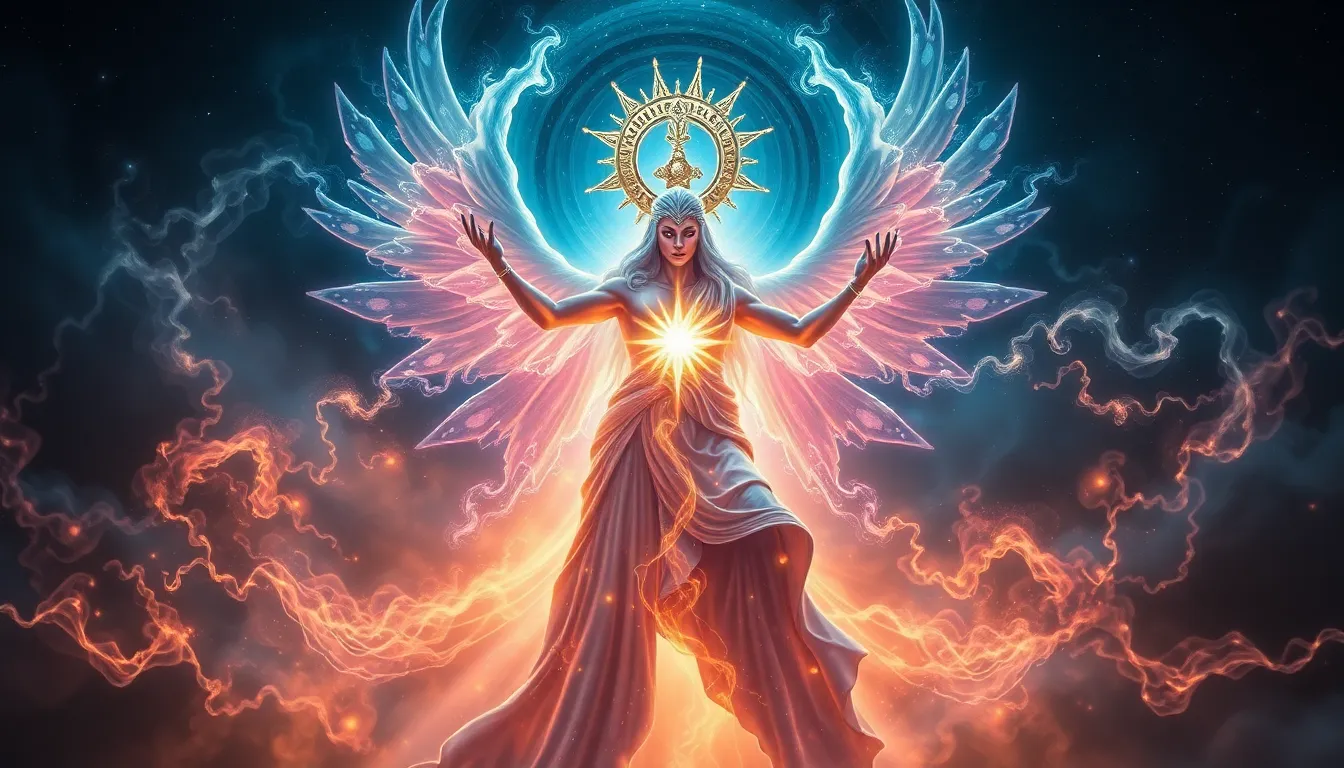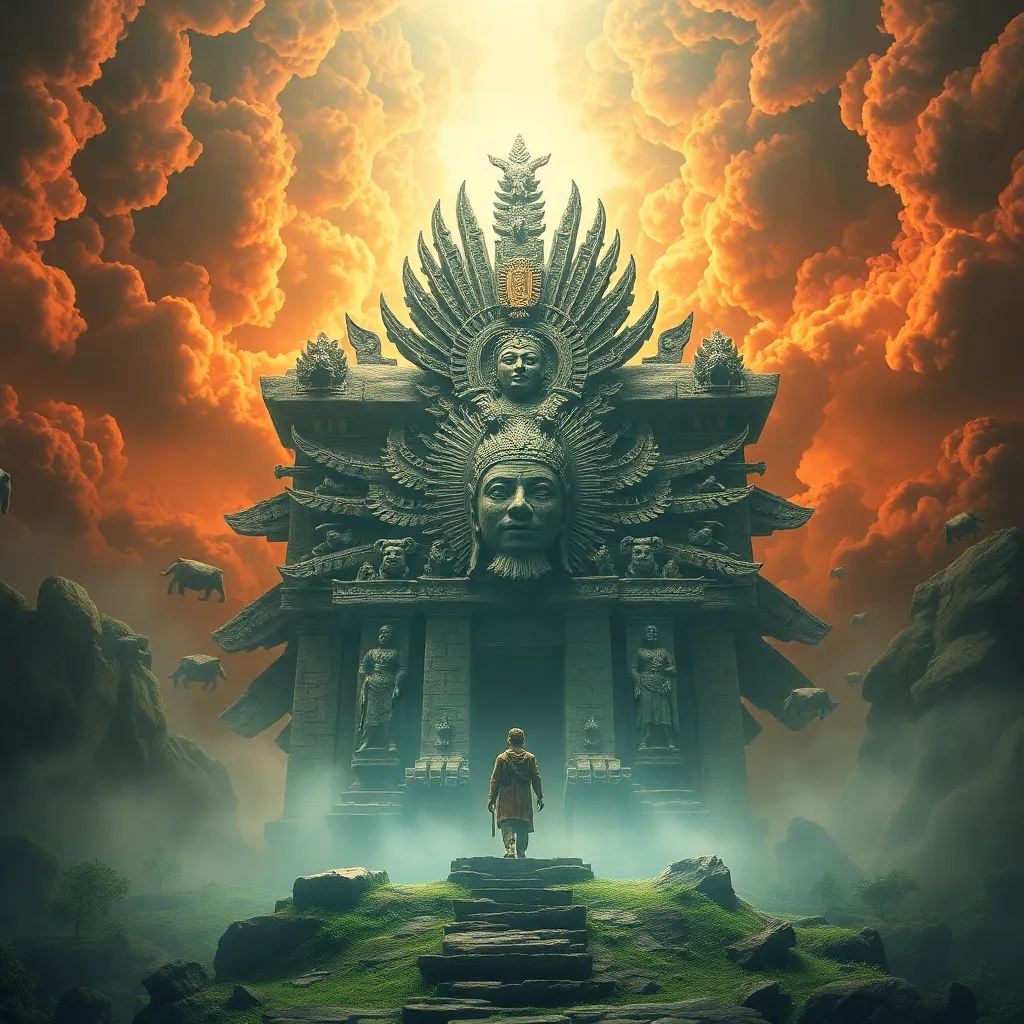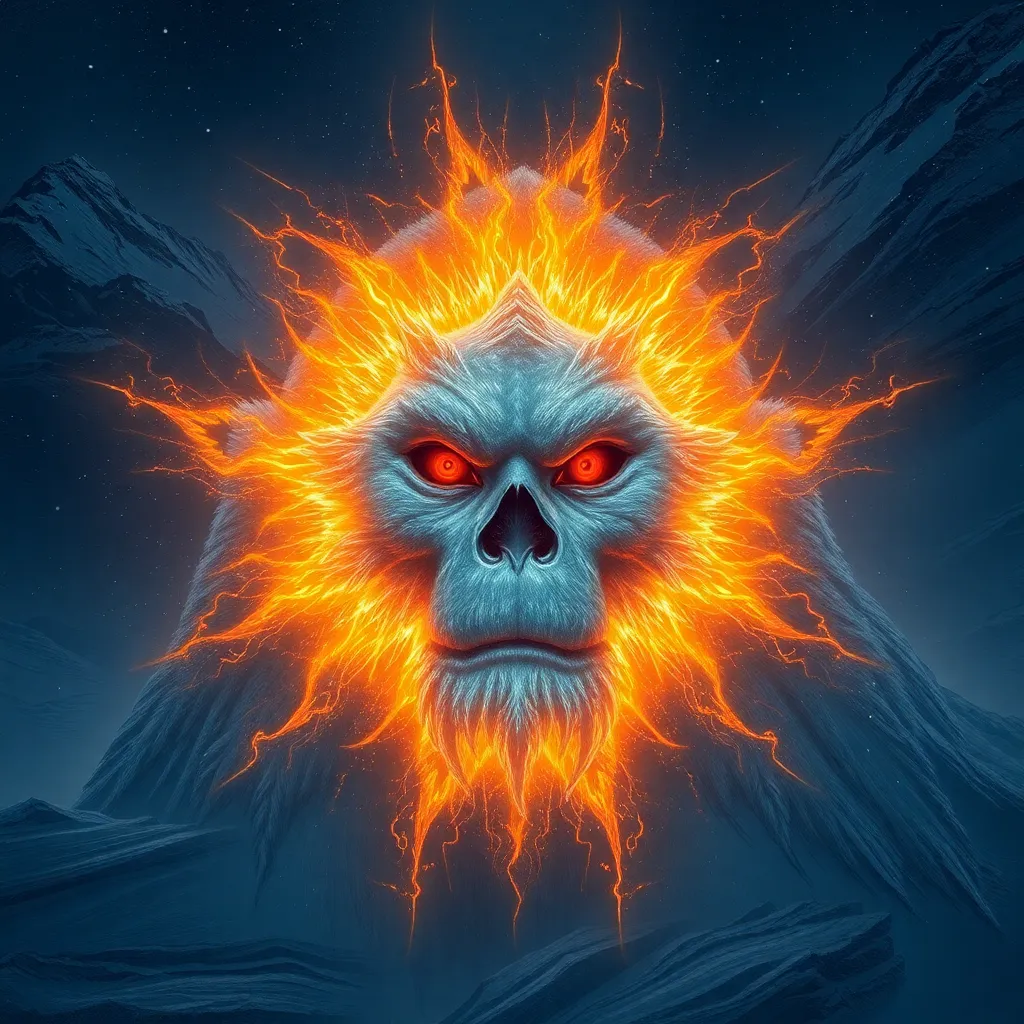The Power of the Divine: Celestial Beings and the Supernatural in Myth
I. Introduction
Celestial beings and supernatural elements have played pivotal roles in the mythologies of cultures around the world. These beings, often depicted as gods, goddesses, angels, or other divine entities, embody the mysteries of existence and the forces of nature. Myths serve as critical components in understanding human culture and belief systems, providing frameworks for interpreting the world.
This article explores the various facets of celestial beings in mythology, examining their roles, significance, and the ways they reflect human experience. We will delve into the cultural contexts of these beings, the narratives surrounding creation and divine intervention, and the evolving relationship between humans and the divine.
II. The Role of Celestial Beings in Various Cultures
Celestial beings manifest in diverse forms across different mythologies. Their representation often reflects the values, fears, and aspirations of the cultures that revere them.
- Greek Mythology: The Greek pantheon includes gods like Zeus, the king of the gods, and Athena, the goddess of wisdom. These deities were deeply intertwined with human affairs, showcasing traits that mirrored human emotions and conflicts.
- Egyptian Mythology: Egyptian gods such as Ra, the sun god, and Osiris, the god of the afterlife, exemplify the connection between the divine and the natural world. Their myths explained the cycles of nature and the afterlife, reinforcing cultural beliefs about death and rebirth.
- Hindu Mythology: In Hinduism, deities like Brahma, Vishnu, and Shiva play essential roles in the cosmic cycles of creation, preservation, and destruction. The diverse representations of these gods reflect the complexity of existence and the interconnectedness of life.
The perception of celestial beings is profoundly influenced by cultural contexts, with each mythology offering unique insights into the human condition.
III. Creation Myths and Divine Intervention
Creation myths often feature celestial beings as central figures, illustrating how the universe was formed and how life began. These stories serve not only to explain existence but also to convey moral and ethical values.
- Creation Stories: Many cultures attribute their origins to divine beings. For example, in the Biblical Genesis, God creates the world in six days, establishing a framework for understanding creation as an act of divine will.
- Divine Intervention: Myths frequently depict celestial beings intervening in human affairs, guiding or challenging humanity. In Greek mythology, Athena assists heroes like Odysseus, while in Hinduism, deities often incarnate as avatars to restore dharma.
These narratives not only shape societal values but also provide lessons on morality, justice, and the human experience.
IV. The Relationship Between Humans and Celestial Beings
The relationship between humans and celestial beings is a recurrent theme in mythology. This relationship is characterized by worship, reverence, and the belief in divine messengers.
- Worship and Reverence: Many cultures have established rituals and practices to honor celestial beings, reflecting a desire for connection and favor. Temples, shrines, and festivals are common expressions of devotion.
- Divine Messengers: Angels in Christianity and the concept of messengers in various mythologies illustrate the belief in intermediaries between the divine and humanity. These figures often deliver important messages or guidance.
Over time, the nature of these relationships has evolved, influenced by societal changes and philosophical developments.
V. Symbolism and Archetypes of Celestial Beings
Celestial beings often embody archetypes that resonate across cultures. These archetypes serve as symbols of human experiences, emotions, and societal values.
- Common Archetypes: Gods, goddesses, and celestial beings frequently represent various aspects of life, such as love, war, wisdom, and justice. For example, Aphrodite symbolizes love, while Ares represents war in Greek mythology.
- Symbolism of Natural Forces: Many celestial beings symbolize natural forces, like storms, the sun, or fertility. For instance, the sun god Ra represents life-giving energy in Egyptian mythology.
These archetypes reflect societal values and fears, providing insight into the human condition and cultural narratives.
VI. The Supernatural as a Reflection of Human Experience
Supernatural elements in mythology often address existential questions and provide explanations for natural phenomena.
- Existential Questions: Myths tackle fundamental questions about existence, purpose, and the afterlife. They offer frameworks for understanding life’s mysteries and uncertainties.
- Natural Phenomena: Many myths explain natural occurrences, such as seasonal changes or natural disasters, attributing them to the actions of celestial beings.
The psychological impact of believing in the supernatural can be profound, offering comfort, hope, and a sense of belonging in an unpredictable world.
VII. Modern Interpretations and Adaptations of Celestial Myths
In contemporary literature and media, the influence of mythology remains strong. Retellings and adaptations of celestial myths continue to captivate audiences.
- Contemporary Literature: Many authors draw inspiration from ancient myths, reinterpreting celestial beings in modern contexts. Works like Neil Gaiman’s “American Gods” highlight the relevance of these stories today.
- Modern Storytelling: Films, television shows, and video games often incorporate mythological themes, exploring the relationships between humans and celestial beings in new and engaging ways.
These adaptations demonstrate the enduring power of myths and their ability to resonate with contemporary audiences.
VIII. Conclusion
In summary, celestial beings and the supernatural play vital roles in human culture and belief systems. They serve as symbols of natural forces, embody archetypal themes, and provide frameworks for understanding existence.
The legacy of celestial beings endures, influencing modern interpretations and adaptations. As we navigate the complexities of contemporary life, the relevance of these myths remains significant, reminding us of the shared human experience and our quest for meaning in the divine.
Ultimately, the study of celestial beings and the supernatural in mythology offers profound insights into the human condition, bridging the past with the present and illuminating our paths forward.



